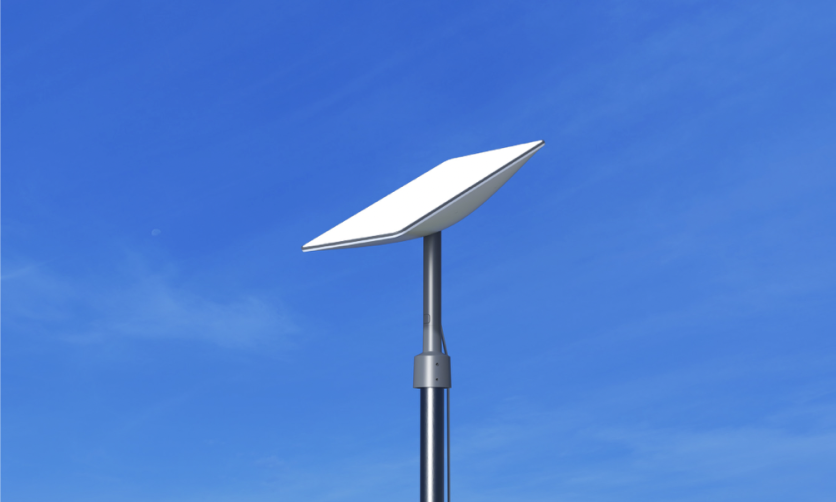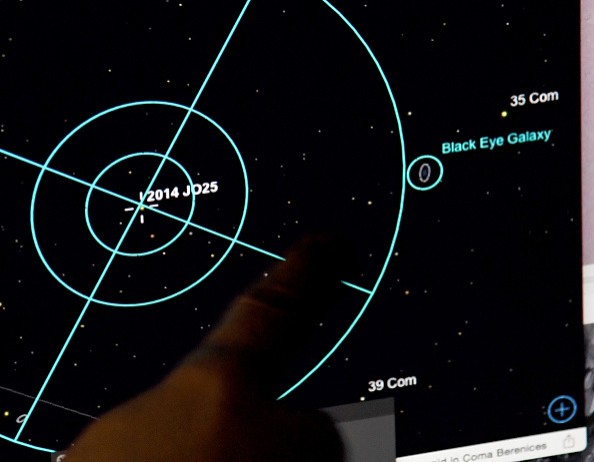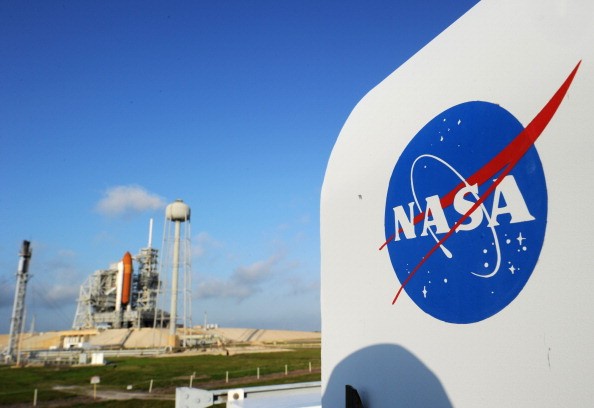SpaceX StarLink satellites are promising insane internet speeds literally anywhere on the planet. You could be in Antarctica or the Sahara and with these satellites, you can access the web just as fast as you would if you were back home in the city.

That is the massive promise that multi-billionaire Elon Musk is fulfilling right before our very eyes. So far, the company has launched over 700 Starlink satellites to date, but that's just the tip of the iceberg. They plan over 42,000 over the next few decades.
However, all 42K of those satellites are going to bring far more than just super-fast internet to all corners of the globe.
SpaceX Starlink Vs Astronomers
According to Business Insider, the sheer number of Starlink satellites in orbit (including the still-planned ones) are already giving astronomers so many headaches-and perhaps sleepless nights as well.
Many of these satellites are very visible in the night sky, during the time right before dawn and right after dusk. It is within this time frame that astronomers are hunting for any potentially dangerous near-Earth objects (mostly asteroids) that can crash into our planet and cause widespread devastation.

On a less doomsday-like note, astronomers are also having a hard time finding new exoplanets or black holes.
The main reason for these problems is quite trivial: all of those Starlink satellites in orbit are literally blocking astronomers' views. As such, Elon Musk and SpaceX are responding with the development of the so-called DarkSat-a satellite with much of its reflective areas covered in dark, non-reflective material.
However, solutions like this are still not considered effective enough, which is why the problem still persists.
Read Also : 40 SpaceX Starlink Satellites Reportedly Hit By Geomagnetic Storm | How Dangerous is it?
Potential Collisions With Other Spacecraft
It is no secret that we already have a massive problem with space junk. SpaceX Starlink's satellites are by no means useless debris, but they still pose the same risks to spacecraft leaving, orbiting, or returning to Earth after a mission. And collisions are raising concerns across numerous space agencies, including NASA and the ESA.

This was already proven by one incident back in September 2019, when the ESA had to make one of its satellites "dodge" a potential collision with a Starlink satellite. According to the MIT Technology Review, this was the first-ever incident of a so-called "collision avoidance maneuver" in the agency's history.
As for NASA, they actually wrote a letter to the Federal Communications Commission (FCC) to raise concerns about Starlink satellites possibly colliding with their spacecraft in orbit. CNET reports that in the letter, the agency mentioned that while current satellite numbers might not pose a danger, it's SpaceX's plan to launch literally thousands of them which could present a massive issue.
NASA argues that relying on the Starlink satellites' own collision-avoidance systems is not advisable, as they're not 100% reliable. As such, they're recommending Elon Musk and SpaceX do a risk assessment to ensure that no issues will come of it.
'Trapping' Humans On Earth
There's mention of a phenomenon called the Kessler Syndrome, which can link back to SpaceX Starlink satellites.
Dave Mosher of Tech Insider argues that the mere presence of a vast satellite fleet could mean one thing: these satellites have a much higher chance of colliding with each other. Collisions will create debris, which can then smash into other debris, and so on.
With multiple collisions, a cloud of space debris can form around the Earth and stay in orbit for years, decades, or even centuries. It can make leaving Earth an unsafe proposition, literally trapping us on our planet-and basically putting dents on Musk's dream of making humanity a spacefaring species.
Looking Ahead
Starlink is still in its relative infancy. The company has barely achieved their planned launch numbers, but there's still a lot more work to be done. For now, only time will tell whether the concerns raised by NASA, the ESA, or any other organization about Starlink's satellites are warranted.
One thing is for sure, though: these satellites are changing the world as we speak.
Related Article : SpaceX StarLink Reveals $500/Month 'Premium' Service That Promises Speeds Up To 500 Mbps
This article is owned by Tech Times
Written by RJ Pierce
ⓒ 2025 TECHTIMES.com All rights reserved. Do not reproduce without permission.




